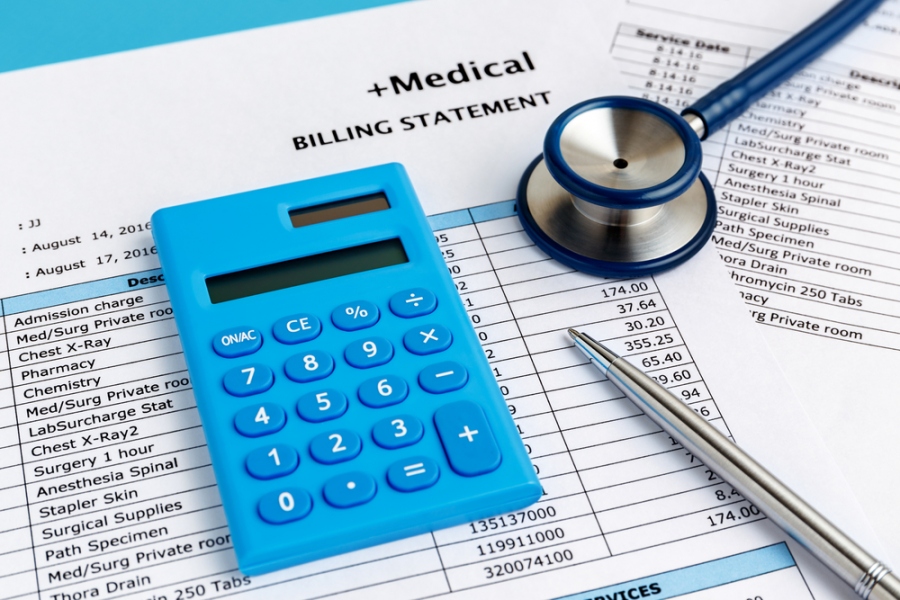Lately, there have been major changes in the provision of healthcare services in the United States. The alteration of rules and regulations revolving around the billing system in healthcare facilities and frequent billing errors has posed various challenges to both patients and healthcare providers.
In the process, a significant amount of revenue is lost. This loss escalates further when individuals and organizations fail to adhere to these rules and regulations.
Additionally, the ability of patients footing their medical bills is significantly declining. Currently, the average individual has approximately $1,720 worth of revolving credit to pay for medical expenses of $100 or more. Back in 2004, patients had approximately $2,300 for a similar plan.
Despite these hurdles, there are various ways healthcare providers could streamline their billing system to enhance efficiency.

Minimizing Coding Errors
When making claims the procedures performed are noted in the form of standardized codes. Sometimes, errors like mismatched, wrong, and missing codes can occur.
To streamline healthcare billing and coding practices, responsible parties should counter-check codes before claim submission. Additionally, if a procedure description seems questionable or ambiguous, they should make consultations with the healthcare provider to avoid upcoding or undercoding which is costly.
Have Clear Collection Processes
To ensure the proper financial health of a hospital, there has to be a clearly established revenue collection process.
Having precise step-by-step procedures goes a long way in ensuring improved revenue cycles. It also ensures both patients and health providers have a thorough understanding of what is expected of them.
In the collection process, patients should be informed of what is expected from them when paying their medical bills and be educated on the available payment options. Additionally, all patient information should be verified and their eligibility for subsequent visit checked to avoid a denial of claims.
Properly Manage Claims
Most often, errors happen when making medical claims. Such errors include incorrect patient or provider information, duplicate billing, and poor documentation among other things. As such, the claim might be rejected and resubmission required.
However, when claims are properly managed, there will be minimal time wastage editing and resubmitting documents. Double-check for any inconsistencies or incomplete information in a claim. Then, communicate them to the rendering provider if there is nothing that can be done at the moment.
Handle Rejected Claims Promptly
Rejected and denied claims are often costly. However, when it happens, avoid procrastinating and handle the claims promptly.
Have proper communication lines with the payer’s representative as they can help clarify the issues that resulted in the original claim being denied or rejected. They will also give you a heads up of any arising issues as the other claims are being processed, minimizing appeals and resubmission.
Look for Other Ways to Improve
There have been a lot of technological advancements in healthcare. To maximize efficiency, healthcare facilities need to stay informed of the various tools and systems that will improve the billing process.
Also, tracking pending account receivables is a great way to understand how effective the current billing process is and how the revenue cycle is performing as compared to previous years.
